Dupa plasarea solicitării de comandă, in sectiunea Istoric puteti vedea cate solicitări de comandă mai avem de procesat inaintea dumneavoastra
Program de lucru: Luni - Vineri 9:00 - 18:00, pauza 13:00 - 14:00.
Se efectueaza lucrari de mentenanta la site si pot aparea erori. In cazul in care intampinati erori va rugam sa reincercati mai tarziu.
Ridicarea personala este disponibila pentru comenzile achitate in avans. Se pot ridica dupa ce sunt pregatite.
Niciun produs
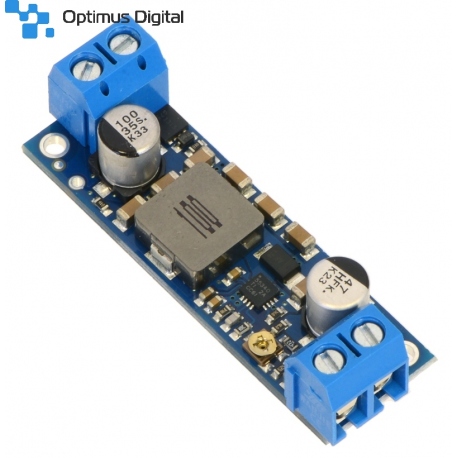 Mărește
Mărește
Sursă Ridicătoare de Tensiune Reglabilă 9-30V Pololu U3V50AHV
0104110000037398
Produs nou
Sursă ridicătoare de tensiune reglabilă 9-30V Pololu U3V50AHV utilă în proiectele dumneavoastră inovative.
Acest produs nu mai este in stoc
- Scrie o recenzie
- Elimina acest produs din lista mea de favorite.
- Adauga acest produs la lista mea de favorite.
- Imprimă
Informații
Caracteristici tehnice:
- Tensiune de intrare: 2.9V - Vout;
- Tensiune de ieșire ajustabilă: 9V - 30V;
- Curent de intrare maxim: 5A;
- Protecție la alimentare inversă, supracurent, supratemperatură (165°C) și subtensiune;
- Eficiență: 80% - 95%, în funcție de punctul de funcționare;
- Curent de scurgere în gol maxim: 30mA (în anumite condiții, poate scădea sub 1mA);
- Curent maxim de scurgere în gol în mod shutdown: 1mA;
- Dimensiuni: 48 x 15 x 10.5 mm.
ATENȚIE! Tensiunea de intrare nu trebuie să fie mai mare decât cea de ieșire dorită.
Acest produs reprezintă o sursă ridicătoare de tensiune, reglabilă, ce vă poate oferi o tensiune de ieșire între 9V și 30V. Curentul maxim de intrare este de 5A, iar tensiunea de intrare trebuie să fie mai mare de 2.9V și NU mai mare de tensiunea de ieșire dorită. Reglarea se poate dace dintr-un potențiometru.
Sursa de tensiune vă poate ajuta într-o gamă largă de proiecte ce au nevoie de ridicarea tensiunii, astfel ne mai fiind nevoit să folosiți mai multe surse de alimentare. De exemplu, puteți alimenta circuite ce funcționează la 12V dintr-o sursă de tensiune de 5V.
Pentru mai multe detalii, consultați pagina producătorului.
Recenzii
Clienții care au cumpărat acest produs au mai cumpărat:
-
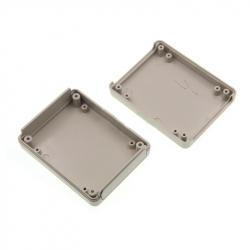
Carcasă Albă...
Carcasă Albă din Plastic (90x70x28 mm)
$1.44
-
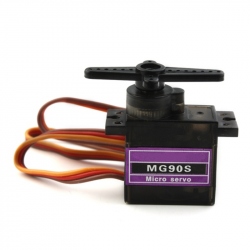
Servomotor...
Servo motor ideal pentru aplicații R/C și mici...
$4.64
-
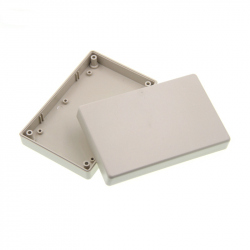
Carcasă Albă...
Carcasă Albă din Plastic (125x80x32 mm) Nu...
$2.40
-
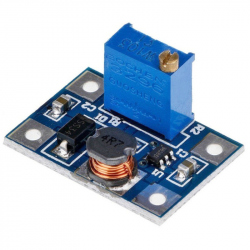
Sursă de...
Sursă de tensiune ridicătoare XS1308 de 2 A...
$1.20
-
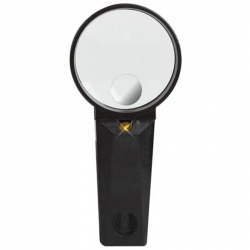
Lupă...
Lupă Iluminată cu 2 Dioptrii
$4.80
-
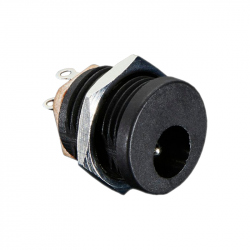
Mufă DC...
Mufă DC pentru Carcasă (Interior de 5.5 mm, Pin...
$0.21
-
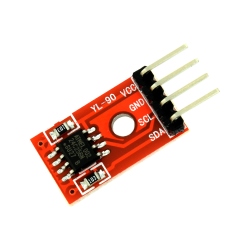
Modul EEPROM...
Modul EEPROM AT24C256 ce poate fi folosit...
$2.16
-
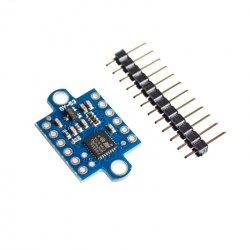
Modul Senzor...
Acest modul are la bază un senzor ce poate...
$14.40
-
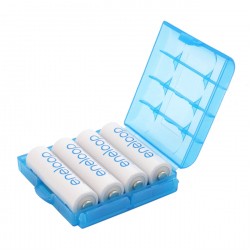
Cutie...
Cutie Albastră pentru Acumulatori R6/AA R03/AAA
$0.72
-
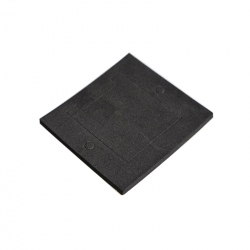
Izolator...
Thermal Insulator for Peltier Modules TEC12706
$0.45







